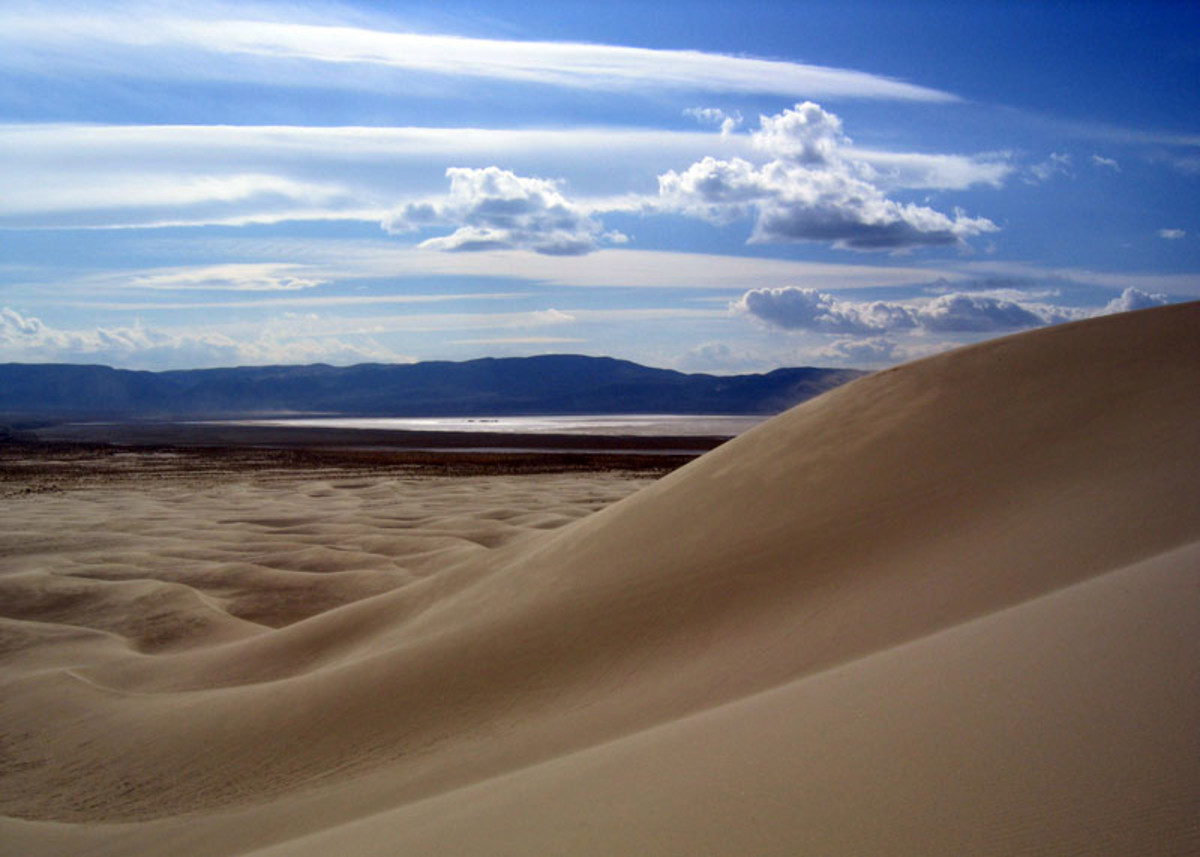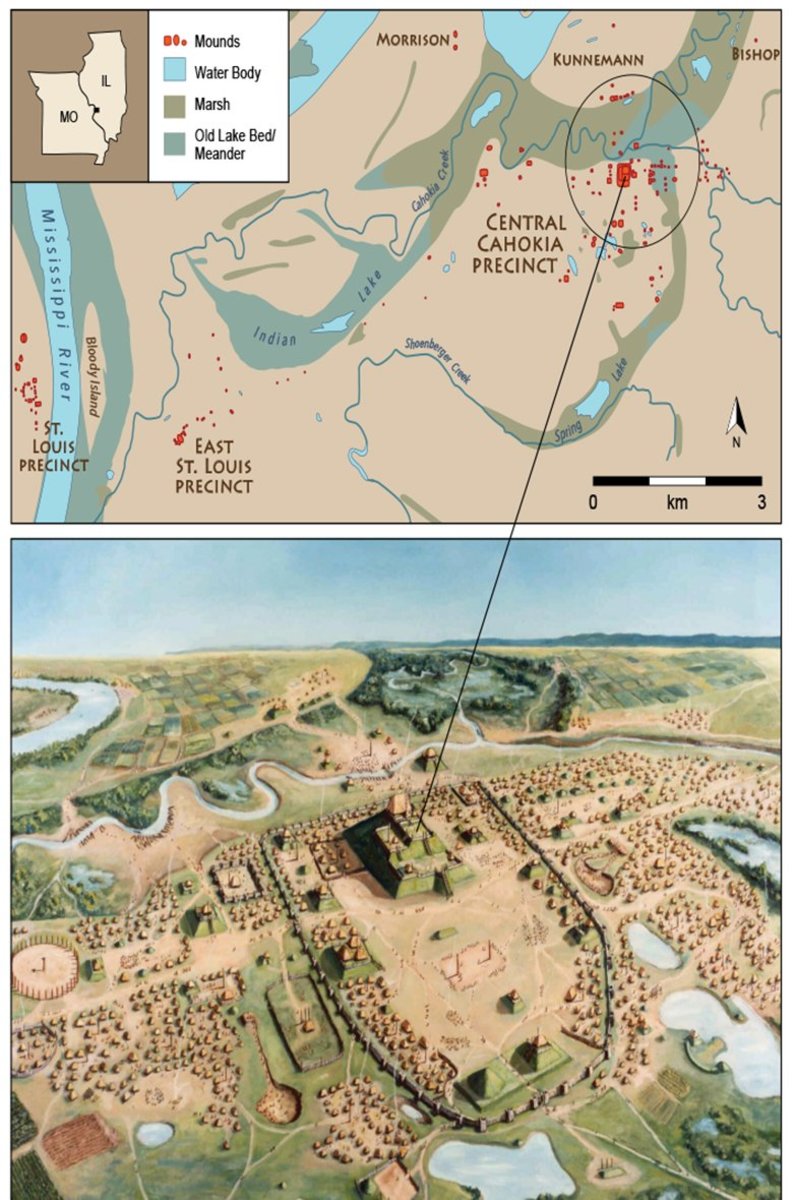- HubPages»
- Education and Science»
- History & Archaeology»
- Archaeology
Archaeology and the Mahabharata
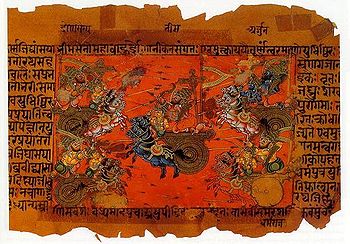

Did It Really Happen
Personally, I believe it did because I am a believer. Now the scientific me which has a high level of temper delved into to find some facts.
The archaeological evidences of the Mahabharata, the Ancient Indian Epic saga of the Pandavas and Kauravas are not strong and high in quality or quantity but still there are some that cannot be neglected
Here I present an analytical view of some facts found over the years through various archeological surveys and excavations.

PGW: Painted Grey Ware
Evidences of pottery dating back to 1000 BC were found during archaeological explorations and excavations at places mentioned in the Mahabharata like Hastinapura, Kurukshetra, Panipat, Tilpat, Baghpat, Mathura and Bairat. Such kind of pottery is called Painted Grey Ware. This confirmed inhabitation in these regions with a pastoral cum agricultural lifestyle.
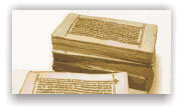
Interesting Evidences
Literary evidences in the Matsya and Vayu Puranas state that the capital was shifted from Hastinapura to Kaushambi after a flood in the Ganges River and the site remained deserted for centuries. This happened during the reign of king Nichakshu ( 5th king after Parikshit, the grandson of Arjun).
Evidences of flood in the Ganges were found archaeologically but it is not necessary that this was the same one mentioned in the Puranas.

Literary Evidences In Works By Historians
Shams Siraj Afif
In his work Tarikh-i-Firuz Shahi (approximately in the 14th Century) he mentions that Indraprashtha was the headquarters of a pargana (district).
A 14th Century stone inscription found in Naraina Village in West Delhi also mentions Indraprashtha. Both mark Indraprashtha as the capital of the Pandava Empire.

Abul Fazl
His work Ain-i-Akbari states that Humayun’s fort was built at the place where Indraprashtha was located.
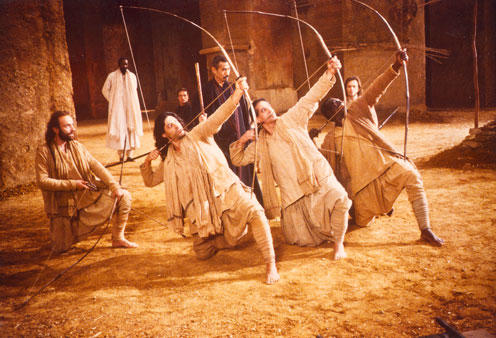
Interesting Excavations
During 1954-71 a number of excavations carried at Purana Qila in Delhi revealed several archaeological levels ranging from the 4th Century BC to the 19th Century AD.
A few stray pieces of PGW indicated the possibility that elder settlement was located nearby.
However, connections between them and the Mahabharata are difficult to be established.
What to trust: Archaeology or Literature
Archaeology cannot really prove or disprove the historicity of epic events or characters. The Crux of the Matter is that there is a qualitative difference between the nature of literary and archeological evidence.
Archaeology tells us about general patterns of material culture and cannot be easily used to corroborate textual details about individuals or events.




